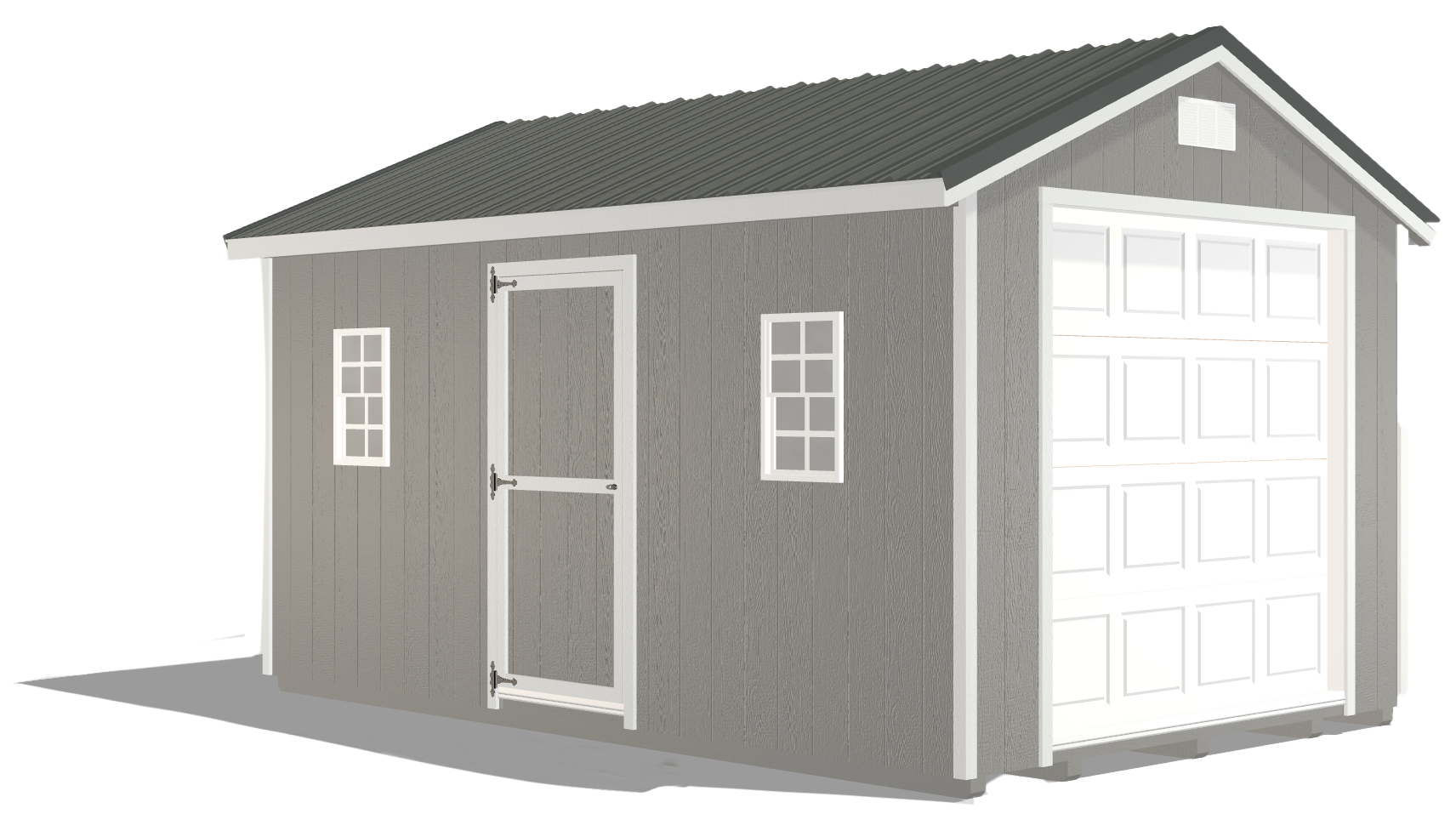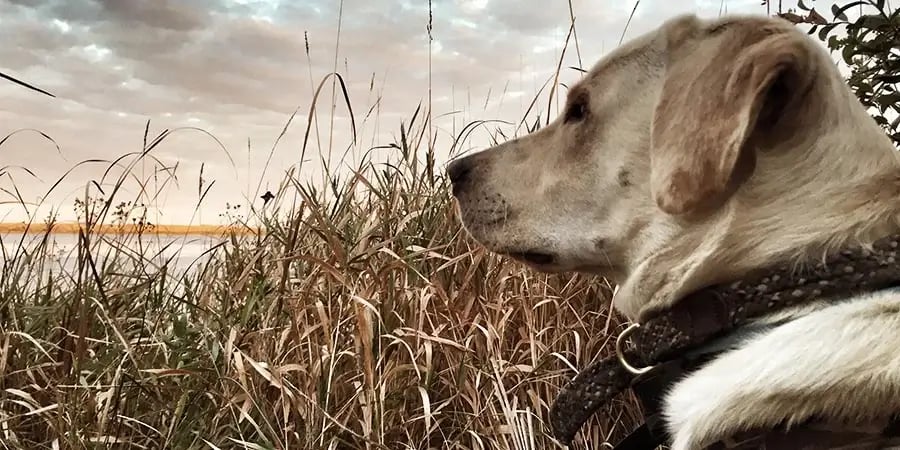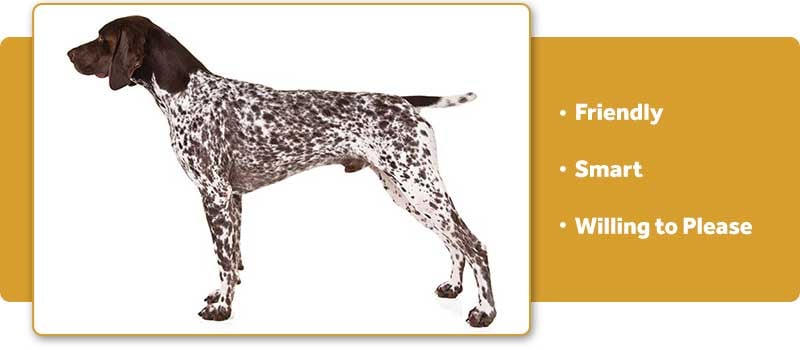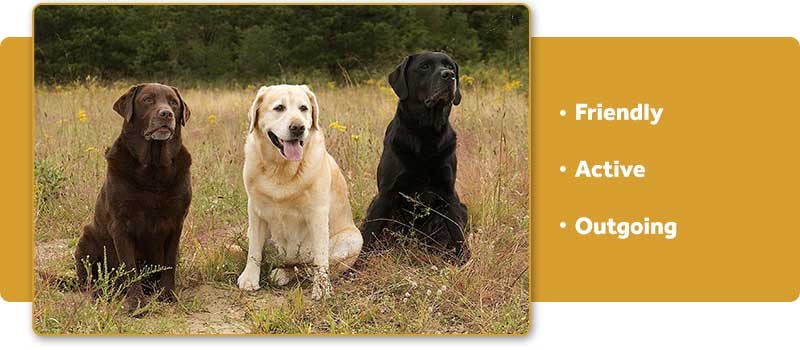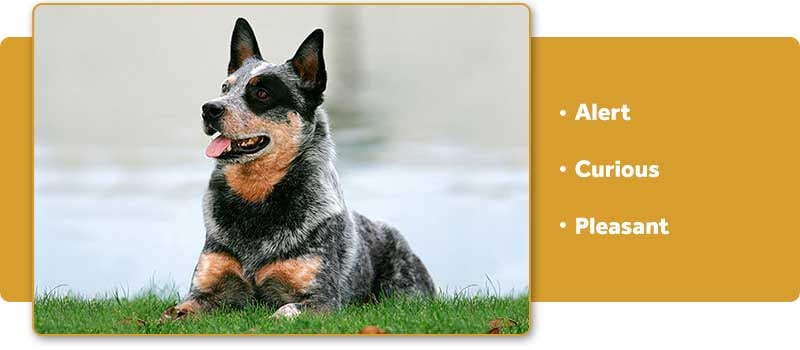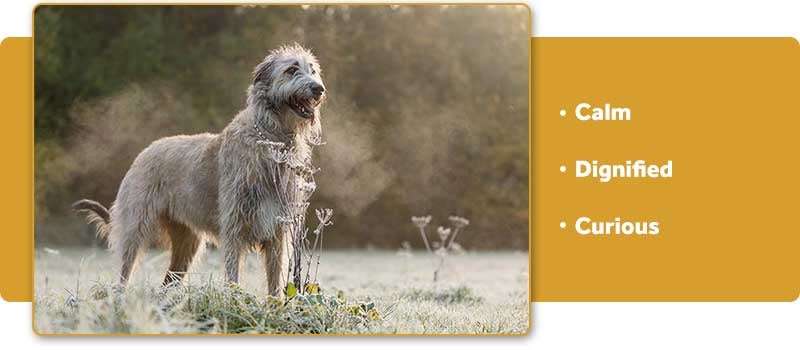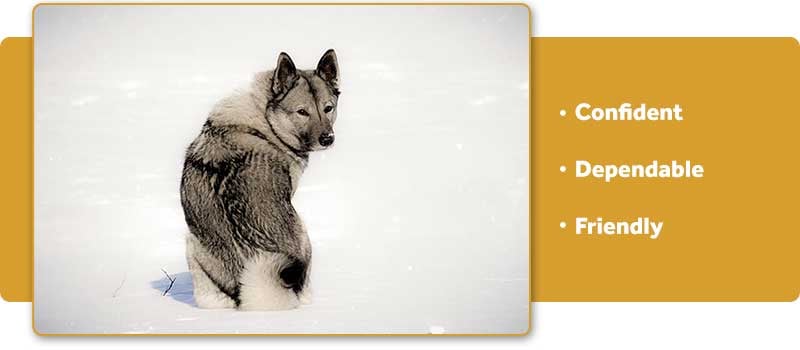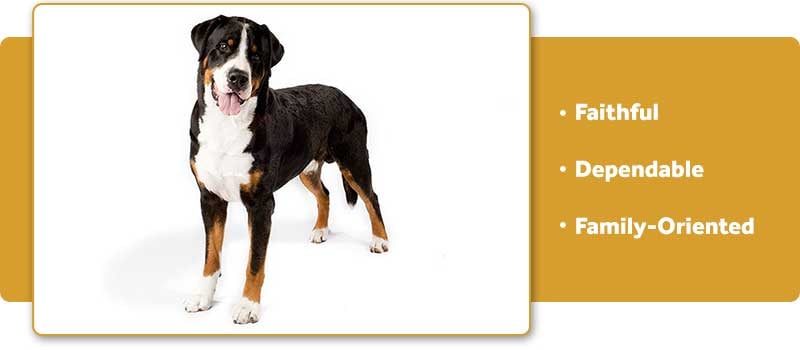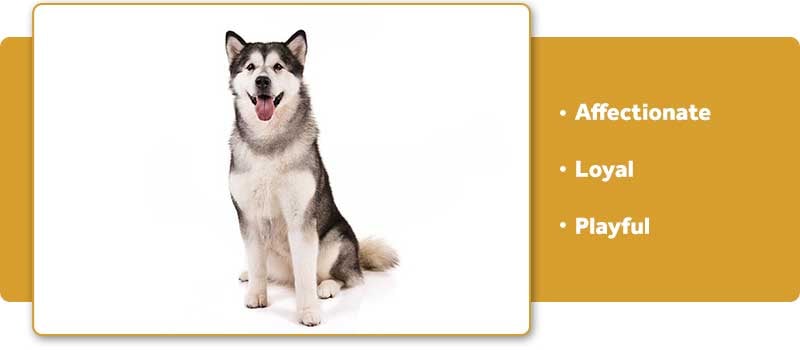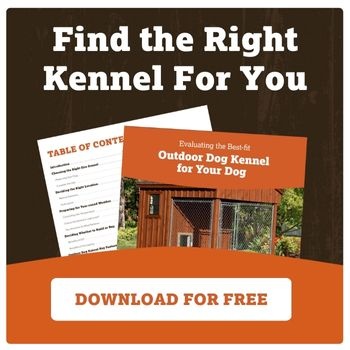Outdoor Dog Breeds That Thrive Outside
by Dakota Storage Buildings, on November 11, 2021
Is living indoors with your dog hard? Maybe your dog is an outdoor breed that would thrive outside.
If you have a big dog and the living space is tight in your house, you might be wondering if your pet is too big or energetic for everyone to live together comfortably. Instead of re-housing as the only solution, we'd suggest considering if your dog just might be better suited for outdoor living.
Most breeds can live happily inside a house, but that's not always the case. Certain dogs are better suited to live outdoors because of their breed. Some owners don't know that until they encounter daily pet-related challenges and inconveniences that disrupt life.
We recommend trying an outdoor kennel. If it’s not the right year-round solution, at the very least, it will give your dog space and a place to enjoy the outdoors occasionally, which may be all that's needed to resolve some of the challenges you deal with regularly.
Most breeds that enjoy spending time outside exhibit a few common traits, such as large body size, thick fur coat, and an independent nature. This is why they're likely to be more content outside, where there's room to roam, fresh air to breathe, sunshine to enjoy, and a place they can call their own.
Here are some good dog breeds for outdoor living. If you have one of these, that might be why indoor living has been a rough experience.
German Shorthaired Pointer
Image Source: AKC
The first German Shorthaired Pointers were bred in Germany in the late 1800s by breeders who wanted an all-around hunting dog. And as the name suggests, this dog breed points to game birds, alerting hunters to their position. Many also serve as excellent retrievers.
These pointers are known to be one of the world's most accomplished hunting and sporting breeds and are great athletes with incredible speed and agility.
Weighing as little as 45 pounds and as much as 75 pounds, they make great family dogs, but they shed a lot and can get into trouble if they're bored. Fortunately, they make fabulous outdoor dogs if they have a well-insulated kennel to protect them from extreme temperatures.
Labrador Retriever
Image Source: AKC
Although duck hunting is the Labrador Retriever’s specialty, they are one of the most versatile small-game hunting dogs. Full of energy and equipped with a coat suitable for cold weather, they go to great lengths in all weather to retrieve the kill.
Weighing anywhere from 55 to 80 pounds, Labrador Retrievers were initially bred as a working-class dog that helped with fishing and hunting, making them a natural outdoor breed. Their high energy level makes it very important that they spend a good deal of time out of doors.
Ranging anywhere from 55 to 80 pounds, Labradors can live outdoors, but they do best when they have a kennel companion.
Australian Cattle Dog
Image Source: AKC
Weighing between 35 and 45 pounds, the Australian Cattle Dog (also called Blue Heeler or Queensland Heeler) is a medium-sized dog bred for herding and has become very popular among the best outdoor dog breeds.
Cattle dogs have a double-layer coat that works well with outdoor adventures and are great for protection from the elements. He only needs occasional grooming when he gets dirty. Even though they are short-haired, they shed steadily.
This breed adores the outdoors and wide-open spaces. Indoors, they can be fretful and restless if they are enclosed for too long. They need to have room to run around, so they don’t make the best pets if someone doesn’t have enough space or needs to keep their pet indoors.
Irish Wolfhound
Image Source: AKC
One of the tallest breeds in the world, the Irish Wolfhound is an impressive dog. Occasionally standing over 3-feet-tall at the shoulder, these big dogs were originally bred to hunt deer and other large prey. These dogs love to sprawl out, and with their exceptionally long legs, they need room to do it.
Wolfhounds have thick, coarse fur that helps to provide them with protection from the elements, making them one of the best outdoor dog breeds in the world.
Unfortunately, these large, lovable giants don’t live very long — few live long enough to see their eighth birthday.
Norwegian Elkhound
Image Source: AKC
Weighing up to 55 pounds, Norwegian Elkhounds are a breed originally developed for hunting elk, bear, and other formidable prey.
Bred to withstand Norwegian winters, their thick coat acts as a buffer against the cold. This wooly coat sheds heavily and needs weekly brushing to stay healthy. It also can cause overheating in warm weather, so Elkhounds should not be exposed to the sun or heat in the summer without access to shelter or water.
A true outdoor dog breed, the Norwegian Elkhound prefers to be outdoors rather than inside on the couch, and they'll quickly become frustrated if forced to spend their lives indoors. These dogs thrive in large, outdoor areas where they can freely roam.
Greater Swiss Mountain Dog
Image Source: AKC
Greater Swiss Mountain Dogs are large canines that weigh between 85 and 140 pounds. They are very muscular and large, yet extremely agile for their size.
Bred as working dogs in Switzerland, these black, white, and tan pups are strong enough to pull a cart. They love company but are content on their own and are even happier when they're working or guarding.
This breed is perfect for the outdoors, but they are better suited for warm weather than some breeds hailing from Switzerland and the surrounding region. Still, they are most comfortable in relatively cool climates.
Alaskan Malamute
Image Source: AKC
Weighing between 75 and 85 pounds, the Alaskan Malamute thrives in cold weather. This makes sense, as these large dogs were originally bred to pull sleds across the frozen tundra.
Blessed with a dense double coat that sheds heavily year-round, this breed can tolerate living outdoors in frigid climates. However, they do need adequate shelter, protection, and regular fur brushing. They're not a breed for warm temperatures, as they quickly overheat and are susceptible to painful hot spots.
As working dogs by nature, malamutes also require daily physical and mental exercise to burn off energy, so one won't be happy being cooped up all day.
How to Help Your Outdoor Dog Thrive
While many outdoor dog breeds enjoy spending copious amounts of time outdoors, don't banish your outdoor dog to the backyard without any attention. Dogs, regardless of breed, are social creatures who need to socialize with their pack.
Whether you plan to keep your dog outdoors all year round or only during the daytime, they must have space to move and adequate protection. One way to accomplish this is with a backyard dog kennel.
But before you shop around, there are important things to consider.
A quality outdoor dog kennel should be insulated, waterproof, the correct dimensions for your dog's size, and it should keep him safe and protected from harsh weather and give him plenty of space to move around. But with a million different options available, where do you even begin?
What should your main concerns be? What design options and features are vital for your specific dog?
When it comes to recommending the best outdoor dog kennels, we have a ton of experience and can make sure you choose the best one for your dog. To help, we've put together a guide to help you choose the right outdoor dog kennel.
Our guide covers:
- How to choose the right kennel size
- How to pick the best location for a kennel
- Ways to prepare your dog’s kennel for comfort
- Complete list of dog house essentials
- Helpful resources for outdoor dog owners
If you have any questions about finding the right dog kennel for our outdoor dog, reach out to our team. We’re happy to help!
More reading:


















